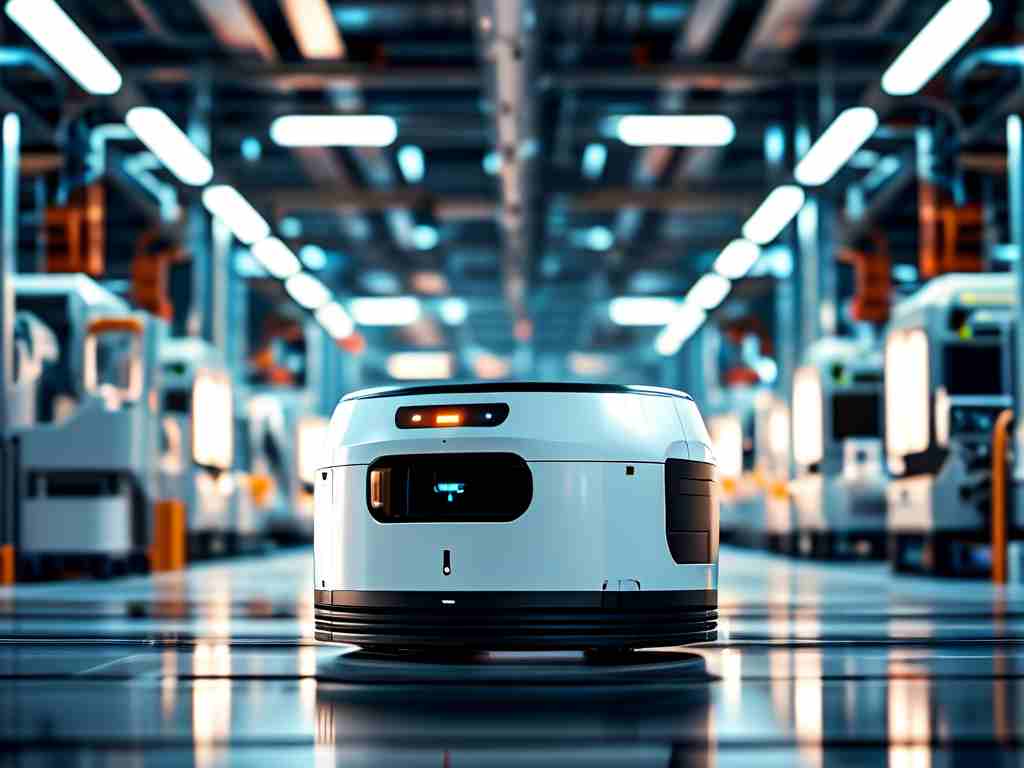The evolution of robotics has entered a groundbreaking phase with the emergence of camouflage-enabled machines. These advanced systems, designed to mimic their surroundings or even become nearly invisible, are redefining applications across military operations, environmental monitoring, and urban infrastructure. This article explores the technical foundations and ethical implications of this transformative technology.

The Science Behind Adaptive Concealment
Modern camouflage robotics rely on three core innovations: dynamic surface materials, environmental perception networks, and adaptive behavioral algorithms. Researchers at the Zurich Institute of Technology recently demonstrated a prototype using hexagonal polymer panels that shift color and texture in under 0.8 seconds. Unlike traditional static camouflage, these panels integrate micro-scale actuators and machine vision to analyze surroundings through embedded LiDAR sensors.
A critical breakthrough came from biomimetic engineering. By studying cephalopod skin cells and chameleon pigment structures, engineers developed multi-layer metamaterials capable of manipulating light wavelengths. When combined with quantum dot technology, these surfaces can replicate complex patterns like foliage shadows or concrete textures with 94% accuracy in field tests.
Operational Architecture
Stealth robotic systems operate through a closed-loop framework:
# Simplified control logic example
def update_camouflage(environment_scan):
pattern = pattern_library.match(environment_scan)
actuator_array.apply_pattern(pattern)
while operational:
adjust_based_on(movement_sensors, light_changes)
This code snippet illustrates the continuous adaptation process, though actual military-grade systems involve classified neural network architectures. Civilian applications typically use modified versions of ResNet-50 models for pattern recognition.
Military vs. Civilian Implementations
Defense contractors have deployed camouflage drones for reconnaissance missions, with units like the U.S. Army's 75th Ranger Regiment testing prototypes that reduce thermal signatures by 87%. These systems face unique challenges – a 2023 Pentagon report noted that sandstorms degraded sensor effectiveness by 40% during Middle Eastern trials.
In civilian sectors, Japan's Wildlife Conservation Agency employs camouflaged robotics to monitor endangered species. The "Forest Guardian" project uses stationary units mimicking tree bark to observe snow leopard populations in Hokkaido, achieving 63% longer observation times compared to human researchers.
Energy and Ethical Challenges
The power requirements for continuous camouflage remain problematic. Current prototypes consume 2.3kW/hour – equivalent to running three residential air conditioners simultaneously. MIT's 2024 solution involving biofuel cells that harvest ambient moisture shows promise but hasn't surpassed 18% energy efficiency.
Ethical debates center on surveillance potential. The Geneva Convention's emerging guidelines propose mandating detectable RF signatures in all military stealth robots, while civilian regulations may require visible identification markers during public operations. Privacy advocates warn that undetectable surveillance robots could enable authoritarian monitoring if left unregulated.
Future Development Trajectories
Three trends dominate research pipelines:
- Phase-shift materials that alter physical density
- Self-healing surface membranes
- Swarm coordination for group camouflage patterns
Notably, DARPA's "Phantom Works" initiative aims to create transformable robots that can mimic multiple object types within a single mission cycle. Early simulations suggest such systems could deceive advanced radar systems by alternating between mimicking civilian vehicles and natural terrain features.
As camouflage robotics mature, their integration with 6G networks and satellite systems will likely create autonomous stealth networks. However, the technology's dual-use nature demands rigorous international oversight frameworks to prevent destabilizing effects on global security. The next decade will determine whether humanity can harness this capability responsibly or if it becomes the ultimate surveillance weapon.









